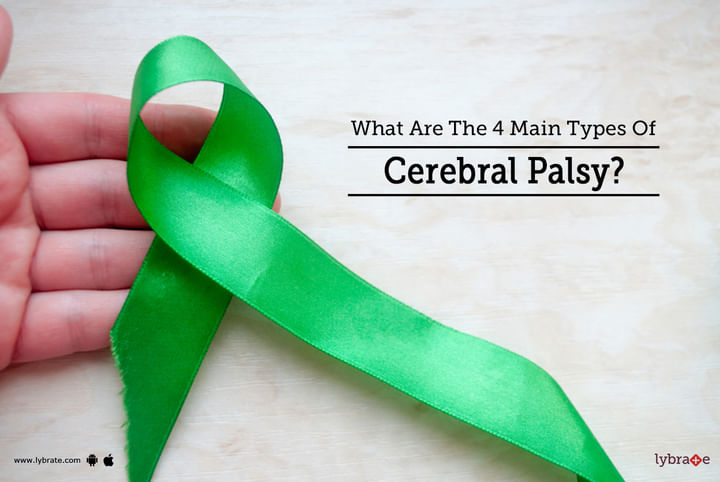What Are The 4 Main Types Of Cerebral Palsy?
6th October is the day designated as the World Cerebral Palsy Day. This day is observed to draw attention to this complex disorder and raise awareness so that the proper care and medication can be given to people who have cerebral palsy.
Cerebral palsy (CP) results from unnatural brain development, usually before the birth of the child. It is characterized by loss of control over balance, motion, movement, speech, muscle coordination. Symptoms such as rigidity or floppiness of limbs and involuntary movement of limbs and body appear right from childhood.
Doctors classify cerebral palsy into 4 major groups.
-
Spastic cerebral palsy
This is the most common type of cerebral palsy and accounts for almost 70% of all cases. People diagnosed with spastic cerebral palsy are hypertonic. Their body muscles become stiff and inflexible. The joints that are affected by this kind of CP also rigid and do not bend.
Spastic cerebral palsy makes any movement, eating and speaking very difficult. It is further categorized into-
- Spastic hemiplegia- the hand, arm and leg of one side of the body will be affected.
- Spastic diplegia- it affects both the legs of the body and to some extent the arms as well.
- Spastic quadriplegia- this kind of spastic cerebral palsy results from extensive malfunctions of the brain and affects all four limbs.
-
Athetoid cerebral palsy
10%-20% of cerebral palsy cases are of this type. Athetoid cerebral palsy or dyskinetic cerebral palsy triggers involuntary motions. The diagnosed person makes movements that he/she cannot control. Most common involuntary movements include spasmodic motions of the limbs, hands and feet or their whole body may writhe uncontrollably. This kind of cerebral palsy occurs when the cerebellum or basal ganglia are damaged due to a brain injury. Athetoid cerebral palsy does not have any effect on the person’s intelligence.
-
Ataxic cerebral palsy
Ataxic cerebral palsy triggers tremours that accompany voluntary motions or movements. This type of cerebral palsy affects about 5%-10% of all people with cerebral palsy. It also causes extensive in-coordination, loss of balance and depth perception and affects the person’s ability to carry out precise motor activities. Ataxic cerebral palsy is also caused by damage to the cerebellum.
-
Mixed cerebral palsy
People with mixed cerebral palsy display the symptoms of all the three other types of this disorder. Their muscles can be both hypertonic (rigid0 or hypotonic (floppy). Inadequate brain development in different sections of injury to different parts of the brain can cause mixed cerebral palsy.
Knowledge about cerebral palsy can help parents of children diagnosed with this disorder take the right decisions and make their children’s lives more comfortable.



+1.svg)
